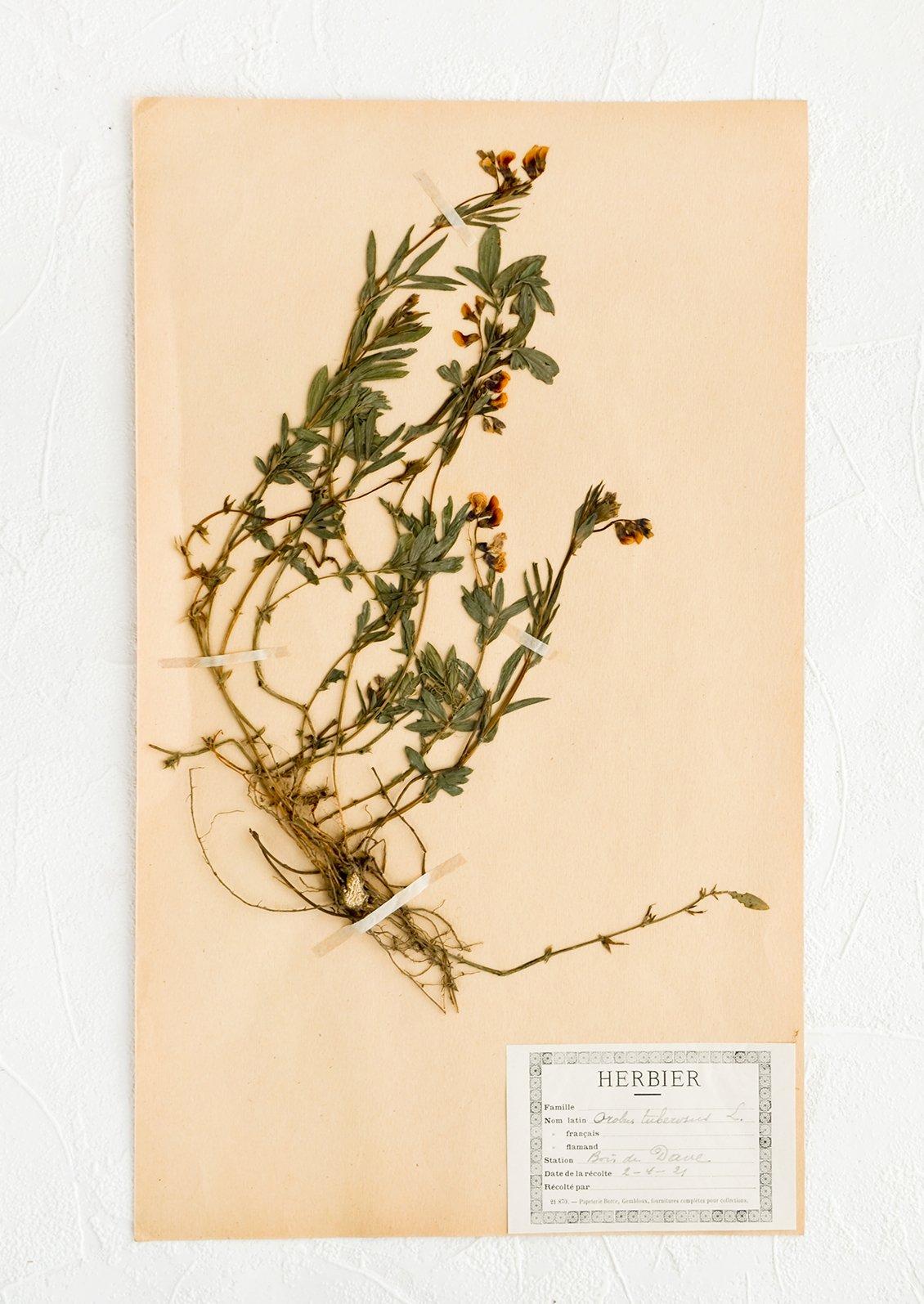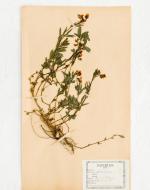Created by Andrew Khuong on Mon, 04/19/2021 - 17:01
Description:
In Character:
This flower was part of a larger bouquet that Mr. Darrell gave me throughout our countless adventures and time spent together. A very beautiful tuberose was amazing to me and I treasured it up until its death. It was extremely beautiful and I kept it close to me for the majority of the time I was allowed to. Despite my sisters constantly reminding me to throw away the dead flower, I simply told them off and to bark at the sun instead. My sisters don't know but the only reason I still hold onto is that it helps me hold on to Mr. Darrell's gifts and his love for me. I wish they could know but Gerty would simply rebuke the idea. I can already hear "He's married, Phyllis!" She just doesn't know anything about what Mr. Darrell and I share. Stupid Gerty, she just doesn't understand. She will never know what it's like to be truly alone. She has her writing. Fanny's finally gotten married and Lucy has her letters from Africa keeping her in love. I just feel empty. Everyone else has something for them but I don't. I have this dried-up tuberose I received as a gift from Mr. Darrell long ago. Despite Mr. Darrell never finishing my portrait "Cressida", which I despise him for, I miss him dearly. I just hope one day he comes back for me and we can "run away and get married" as Gerty would say. Until then, I am going to wait for him to return.
Editor:
This journal entry shows a glimpse of what Victorian Era Society is like. The gifting of flowers from "Mr. Darrell" to the author of this entry helps show the courting culture of Victorian Era Britain. According to a flora symbolica expert during the Victorian Era John Henry Ingram, the gifting of flowers often represents that the giving party has acknowledged the receiving party. They often were given as gifts when courting would begin as well. The main reason flowers were given as gifts was due to the disdain for public displays of affection during Victorian-era Britain. To replace public displays of affection, men would often give women flowers in order to show their love. Tuberoses often represented primordial love or love that is taboo,specifically an affair. With this we can see, the artist Sydney Darrell has a developed language with the author of this book, Phyllis Lorimar. The flowers being in poor condition could also become another problem. Dried-up or dead flowers often represent bad or poor luck with whoever is holding them. This could easily mean that Mr. Darrell stopped sending Phyllis flowers for a period of time. This could be due to a few reasons, possibly the fact that Sydney Darrell is already married and had to attend to his wife for a period of time. This shows the taboo behind Mr. Darrell's "affair". In Victorian-era Britain and even modern-day, having an affair is taboo due to the abandonment of a marital relationship. Overall, this entry helps display the courting culture seen in Victorian-era Britain, specifically the giving of flowers as a representation of love and acknowledgment.
Citations
1920.” Vintage Dried Floral, Tuberose”. Leifshop. April 17th, 2021. https://www.leifshop.com/products/vintage-dried-floral-tuberose
Ingram, John Henry, 1842-1916. The Language of Flowers; or Flora Symbolica. Including Floral Poetry, Original, and Selected. With Original Illustrations, Printed in Colours by Terry. London ; New York : Frederick Warne and co., 1887.


